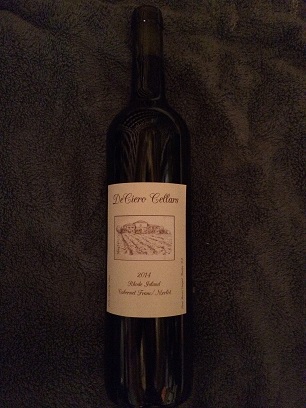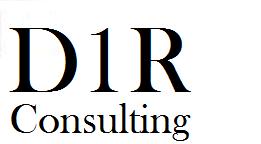2014 Bottling
- Details
- Published: Sunday, 08 November 2015 15:45
- Written by David DeCiero
It was finally time to bottle the 2014's. The final tally was 21 gallons of Cabernet Franc and 17 gallons of Merlot. I planned on doing 12 gallons of a 50/50 blend and then bottle the remaining as straight varietals. I brought the free SO2 up to 40 ppm (since bottling always consumes about 10 ppm). I utilized natural Grade 3 corks from morewinemaking.com and got my Enolmatic cleaned and made minor adjustments on the fill level.
The bottling started out well. I first did the 12 gallons of the blend. This translates to 60 bottles and I was done in about 30 minutes. I next moved on to the straight Cabernet Franc. At 9 gallons (well, one of gallon jugs had a lot of sludge in it, so it really ended up being 8.5 gallons. This took about 30 minutes as well, since I was being kind of slow. Since the Enolmatic has a vacuum control, I set it to precisely the time I need to cork the last bottle and grab a new one. I have everything set up in a triangle in order to minimize my movement. The best part about all of this is that it is a 1 person job. If I had a ton of bottling (like 100 gallons), I might invite others, but a couple hours of bottling isn't bad and I don't have to worry about running into other people. The final step was the straight Merlot. At only 5 gallons, it only took about 15 minutes. In all, I ended up with 180 750 mL bottles and 4 magnums. It was then time to clean the carboys. Since this was the final "racking" there was little sludge in any of the vessels. They only required a quick rinse with water and another rinse with sanitizer and they were done. This freed up all of my carboys for my 2015 wine, which I was about to press.


